I had already tested the MSI SPATIUM M480 with 2TB capacity, but now MSI has relaunched this SSD – with a trendy “Play” abbreviation in the name and the possibility to also install this storage device in a Sony PS5. The SPATIUM M480 and M480 Play also let it rip, because a good abd fast controller for the 2 TB NAND memory, consisting of 512 GB modules, is used with the Phison PS5018-E18. While the older 96-layer TLC NAND from Micron was used in the first edition, the new 176-layer TLC is already used here, which has visibly benefited the SSD.
But we are always skeptical when a product is explicitly advertised with “Play” or “Gaming”, because people like to use these additions to monetarily maximize their own profits. But it also brings real added value for the potential buyer, except that you can now feel like a “player”. PS5 accessories are like Apple peripherals: If you want to belong, you should have deep pockets to reach into. That’s why a certain amount of healthy skepticism accompanies me. However, I can spoil this in advance: The M480 Play would actually have deserved a different revision, because it does not only stand out in the product name. Thus, the gaming-related addition rather deters, although the new SSD is actually the better product of. We’ll read about why that is in a moment.
But back to the new product. MSI also advertises this SSD, just like almost all other manufacturers, with a “dynamic pSLC cache”, which I want and need to say a few words about in the course of the article for a better understanding. The new top model with 2 TB is quite an interesting affair, which is of course also available with 500 GB and 1 TB capacity. Well, unfortunately, not for everyone, because it is not quite so cheap after all, and above all freely available without pull-ups. I took the opportunity to directly compare both SSDs, i.e. old versus new, original hulk versus filigree successor. The price difference for the 1 TB version is about 20 Euros in the common stores, which you have to pay more for the new “Play”. Unfortunately, I don’t have prices for the 2 TB variant (yet), but that will probably be similar.
Unboxing, accessories and assembly
MSI delivers the SSD and cooling block as a solid unit this time and also carefully points out that you could (maybe) damage the SSD when removing the cooler. This warning is not entirely dismissed, as we will see in a moment, but if you know what you are doing, you can do it.
If you don’t dare to remove the cooler, you can either buy the older version or leave the cooler on, which works well because the SSD stays much cooler than the older model. The “Play” is significantly lower when installed and also fits in environments with less installation space. That this SSD also needs air circulation is out of the question, but it is all a bit less critical.
To disassemble the radiator, you have to remove four small screws and then really be careful. MSI relies on a type of curing “thermal paste” whose consistency becomes somewhat hard and crumbly, but can easily outshine most pads in terms of thermal conductivity. The only point of criticism, which we will see in a moment on the bare PCB, is the application area, because it looks like blotted and does not completely cover all relevant areas.
But it sticks quite neatly and you should use the spaces on the side to try to “lever” it out step by step into something with a soft spatula to gently loosen it. Simply bending up the whole board will inevitably tear off the solder pads under the NAND. I have to give that as a warning along the way. However, you can make it without any problems if you exercise a little patience. Berserkers will lose, that is unfortunately the case.
For a better overview, I now have the data sheet for you before I uncover the SSD on the following page and analyze the technology including the dynamic pSLC:
SPATIUM-M480-PCIe-4.0-NVMe-M.2-2TB-PLAY_v1.1














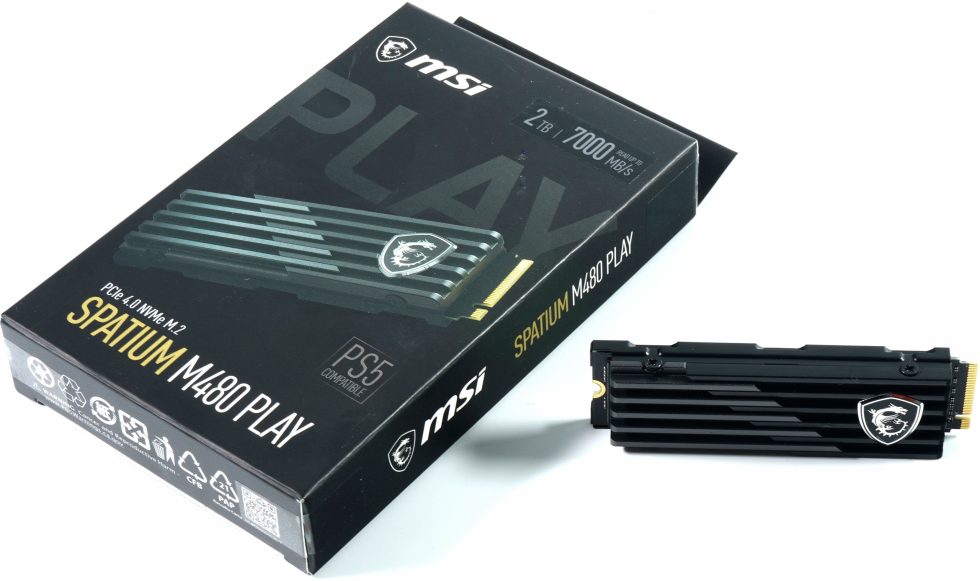
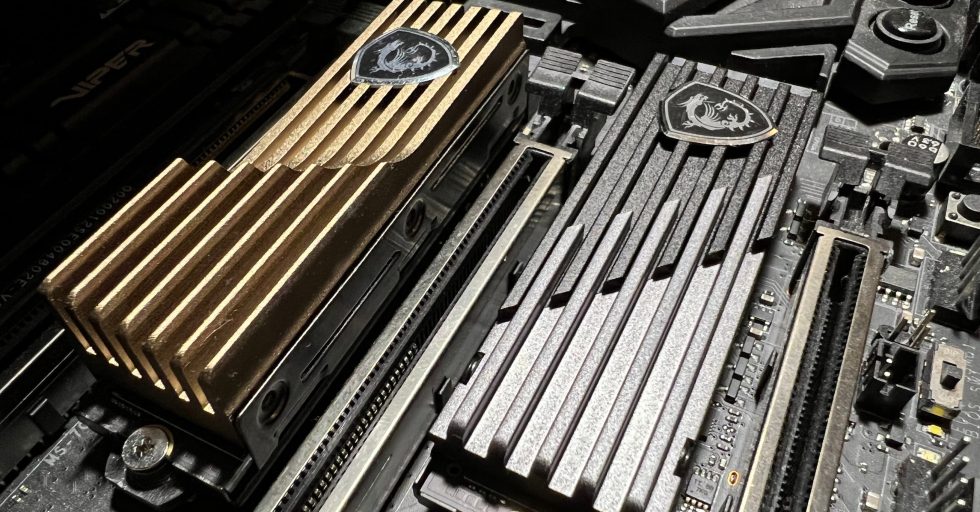

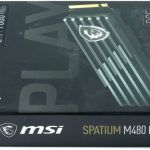
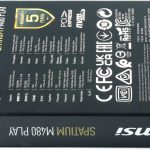
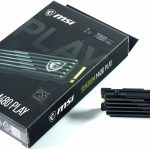
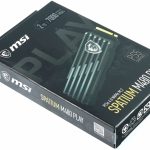

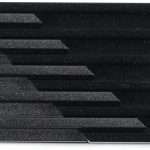
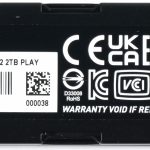
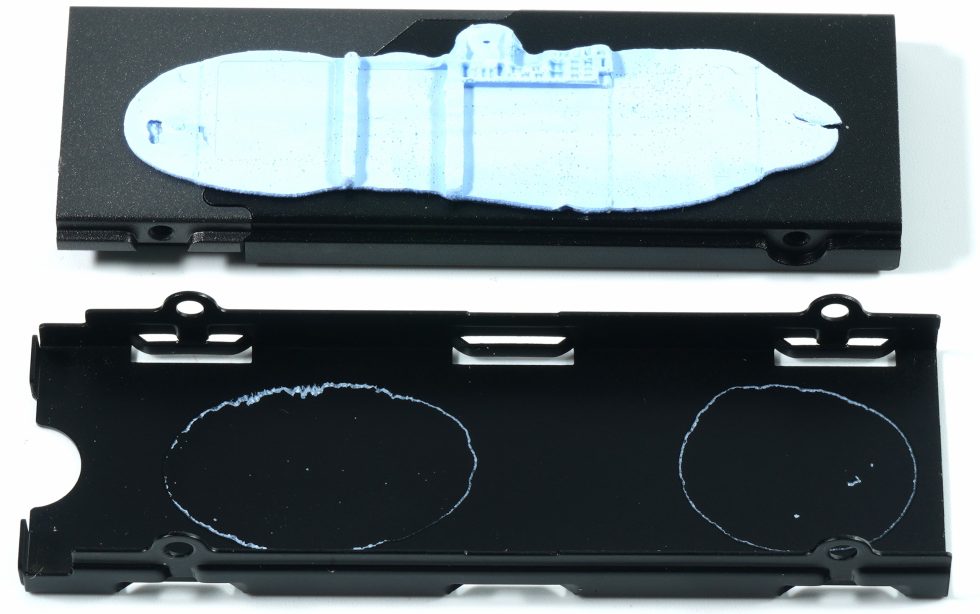



















24 Antworten
Kommentar
Lade neue Kommentare
Urgestein
Urgestein
Urgestein
Moderator
Urgestein
Urgestein
Mitglied
Urgestein
Urgestein
Mitglied
Urgestein
Mitglied
Mitglied
Mitglied
Urgestein
Mitglied
Urgestein
Urgestein
Mitglied
Alle Kommentare lesen unter igor´sLAB Community →